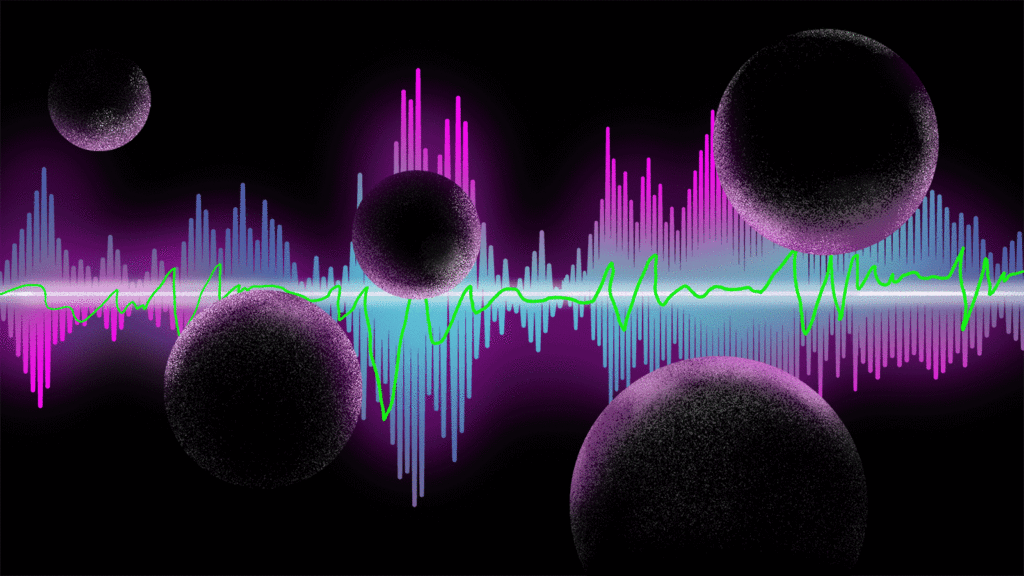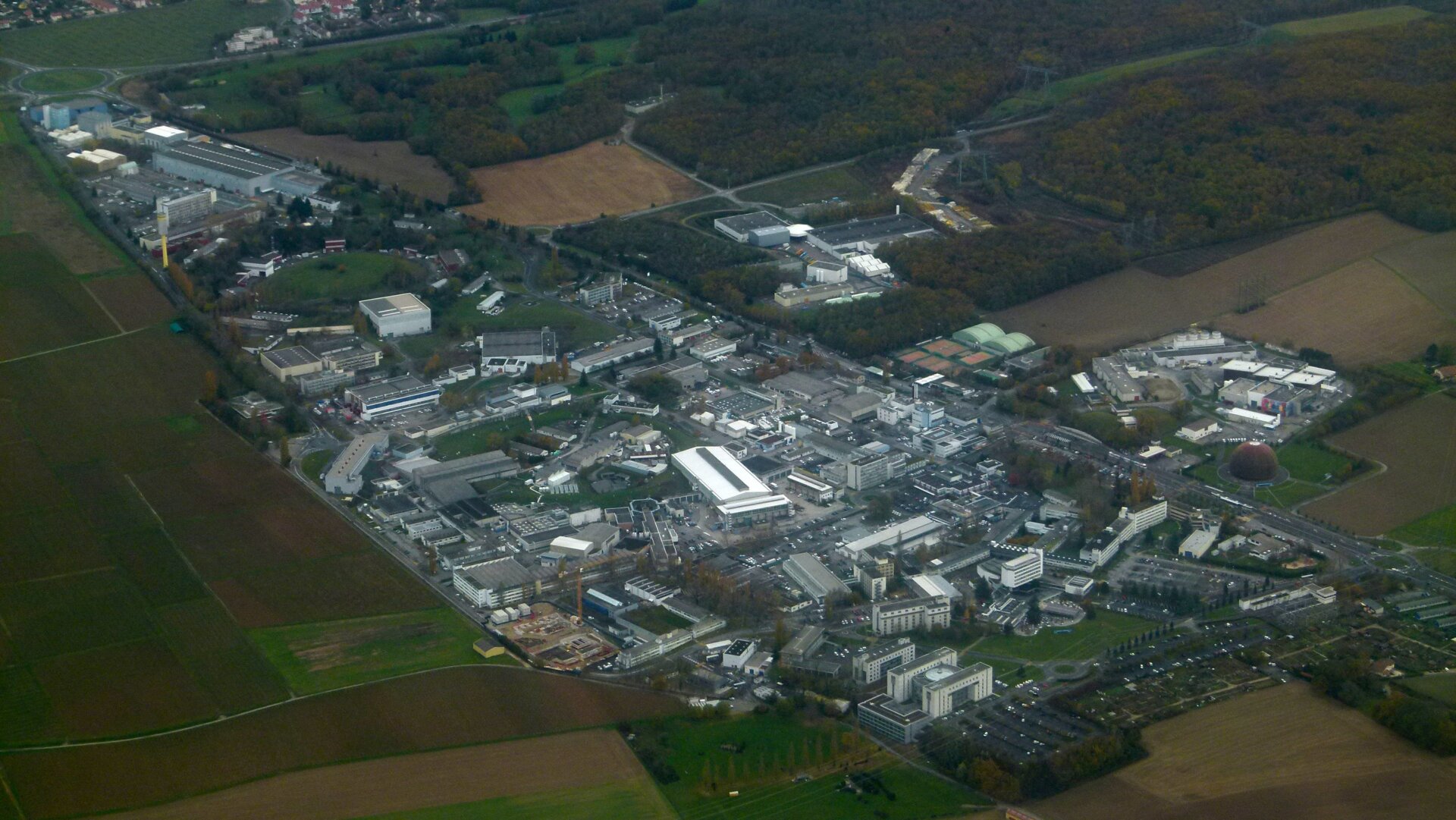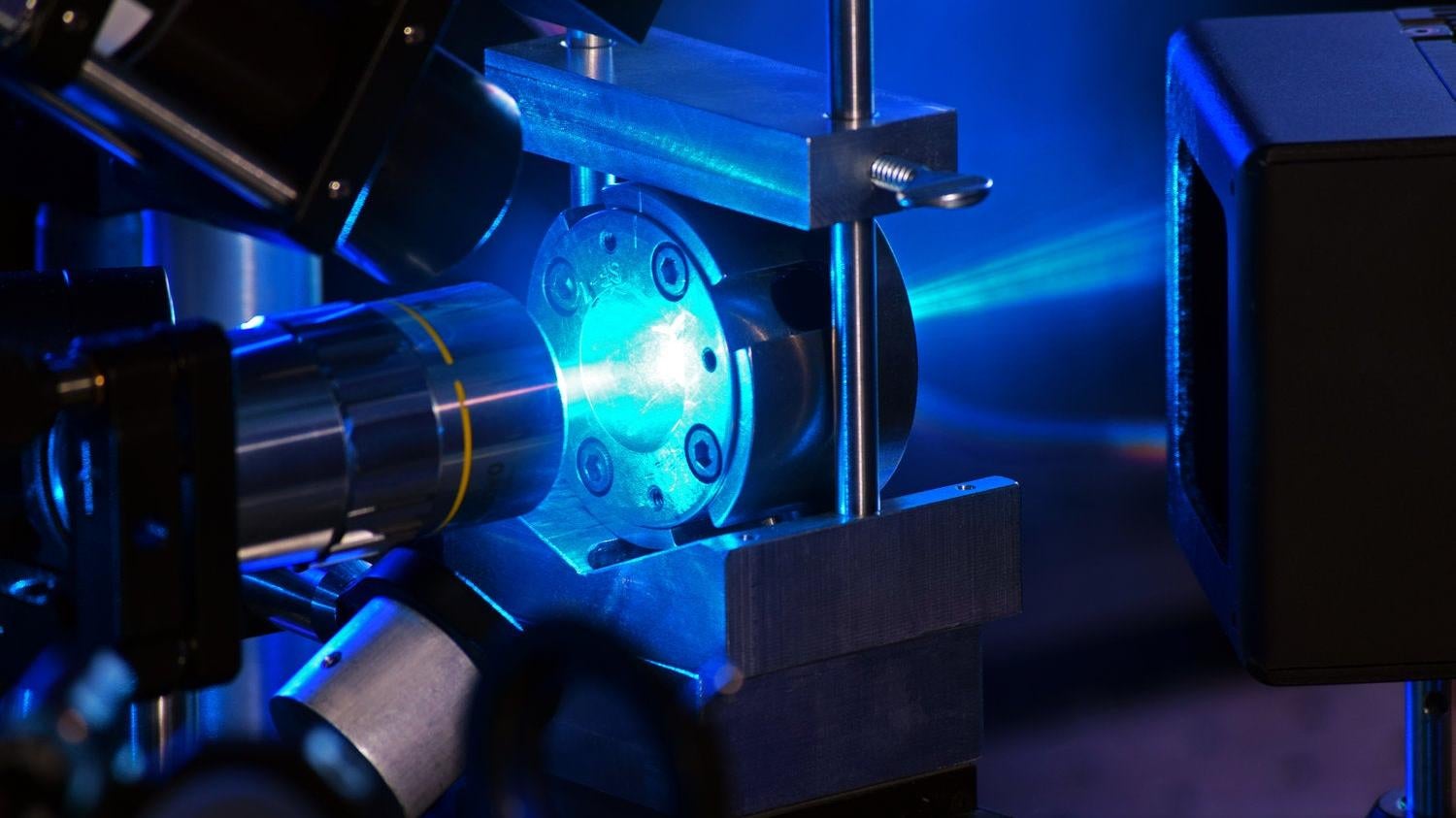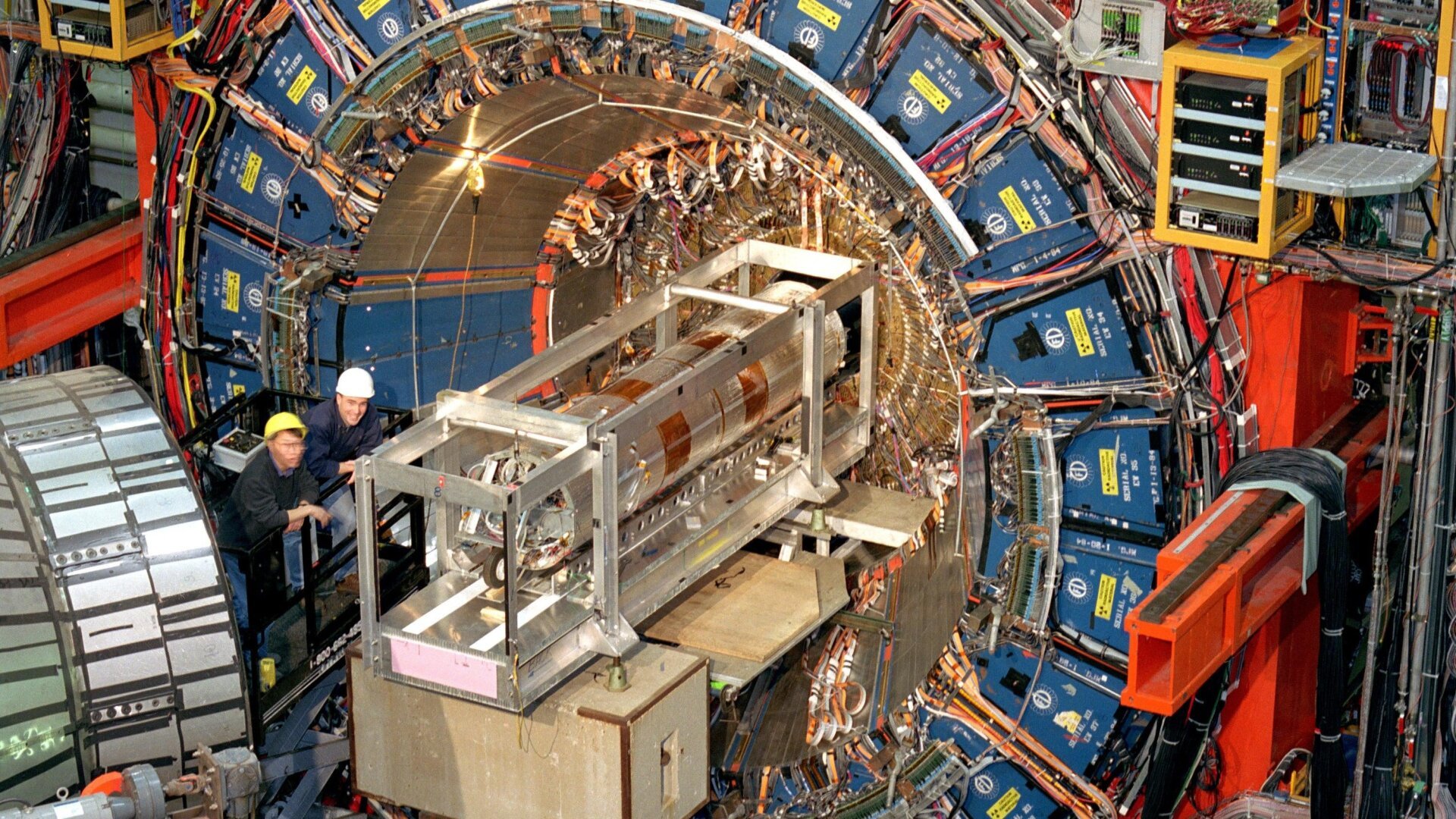A team of researchers from Harvard, MIT, and the University of Innsbruck have observed a quantum spin liquid, a previously theoretical state of matter, using a quantum simulator. This groundbreaking discovery has significant implications for quantum computing and potentially for the future of superconducting materials.
Beyond the familiar solid, liquid, and gas states, matter can exist in various other forms, each defined by its atomic structure and properties. A quantum spin liquid, theorized in 1973 by physicist Philip W. Anderson, is one such state. While previous research hinted at its existence, this team claims to have achieved direct observation, publishing their findings in Science. This discovery provides a microscopic model that Anderson sought to explain high-temperature superconductors.
The team employed a quantum simulator, a system of quantum bits designed to investigate specific quantum problems, to replicate the physics of solids at the atomic level. Using this simulator, they manipulated the orientation of 219 rubidium atoms arranged in a lattice. This allowed them to directly interact with and study this exotic state of matter.
Unlike conventional liquids, a quantum spin liquid doesn’t involve atoms flowing freely. Instead, the electron spins of the rubidium atoms remain in constant flux, unable to align even at temperatures near absolute zero. This continuous conflict and change in electron spins create a “frustrated” state. Quantum spin liquids are highly entangled quantum states, and this entanglement enhances robustness, making quantum computers less prone to errors. The observed state exhibits key properties of quantum entanglement within a quantum spin liquid.
This discovery has profound implications for quantum computing. Qubits, the building blocks of quantum computers, rely on superposition, allowing them to exist in multiple states simultaneously. Quantum spin liquids could enable the creation of robust qubits resistant to noise and external perturbations, leading to more stable and efficient quantum computers.
While the connection between quantum spin liquids and room-temperature superconductors remains unclear, this research offers a potential pathway. Room-temperature superconductivity, a long-sought goal in physics, would revolutionize energy transmission and numerous technologies. Eliminating electrical resistance at room temperature would drastically improve energy efficiency and enable advancements in MRI machines, particle accelerators, and magnetic levitation trains. While further research is needed, the study of quantum spin liquids may provide valuable insights into achieving this ambitious goal.
Further exploration of these exotic phases of matter could deepen our understanding of high-temperature superconductivity, although this experiment doesn’t provide a direct answer. This breakthrough offers a promising direction for the development of robust quantum computers and potentially paves the way for future breakthroughs in materials science.











